Two leafy greens with a reputation for being extremely healthy. But are they even from the same vegetable family? And which is better? Kale vs spinach – let’s break it all down!
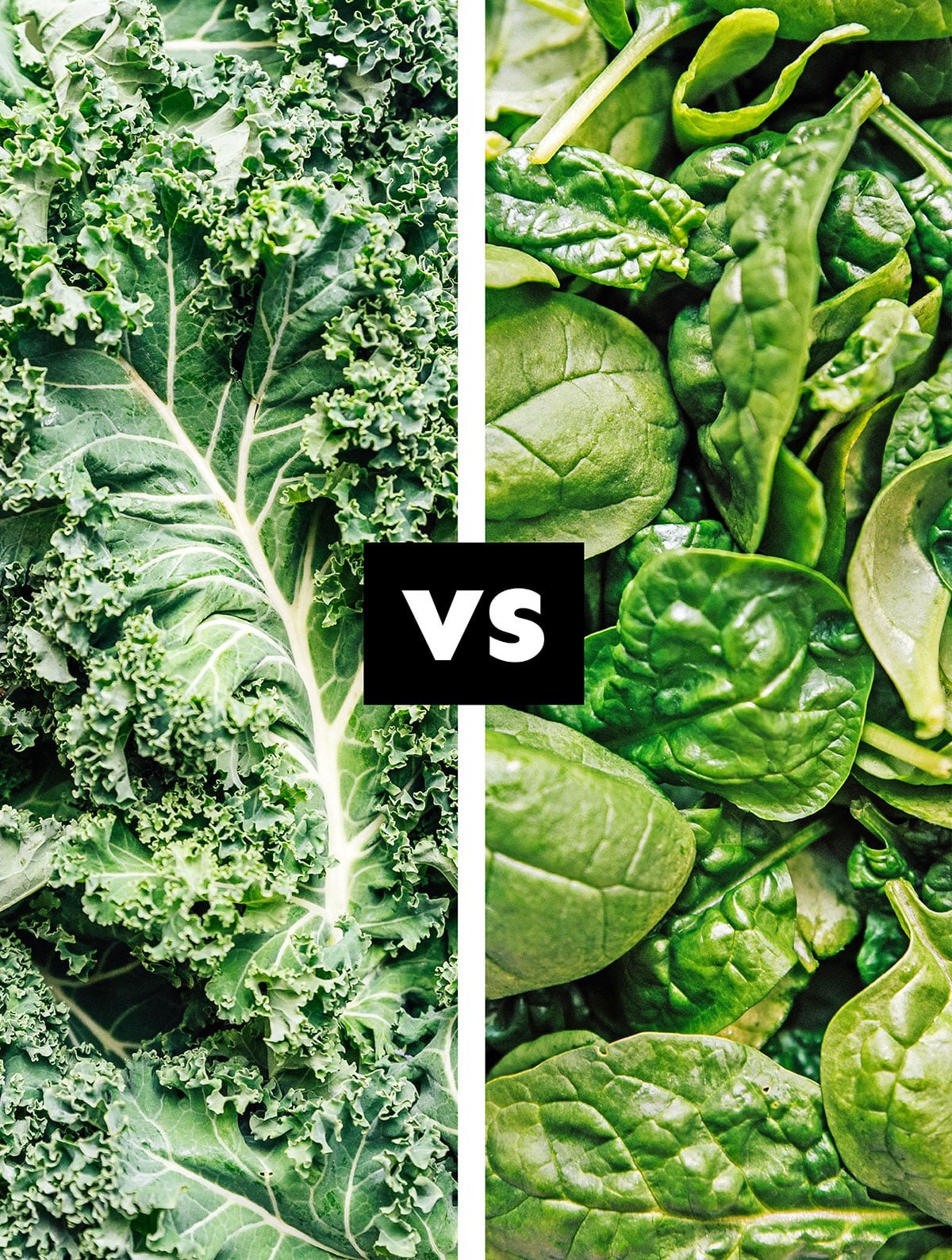
Kale and Spinach: What’s The Difference?
Are spinach and kale different varieties of the same plant? Well, no not at all. They are actually from totally different families. At first glance, kale and spinach seem to be brother and sister, but actually they’re not even in the same family. Kale is a member of the Brassica family and is related to broccoli, cauliflower, and cabbage. Spinach, on the other hand, is in the same family with beets and chard.
Spinach is native to Southwest Asia, and is believed to have been first cultivated in Persia, modern day Iran, over 2,000 years ago. Records show that It appeared in China in the 7th Century, and came to Europe in the 11th Century. It was introduced to Europe by the Moors, Muslims who inhabited modern day Spain from the 8th to 16th Century.
Kale is an ancient cultivar of cabbage that originally came from the Eastern Mediterranean region, primarily modern-day Turkey. The name was spelled “Cale” in Medieval Britain, and prior to this, it came from the Latin term for cabbage “Caulis”. Kale has been cultivated for thousands of years and was eaten in Greece as early as the 4th Century BCE. Kale didn’t make its way to the US until the 1800s where it became popularized in dishes like kale salads. Kale smoothies would come a bit later.
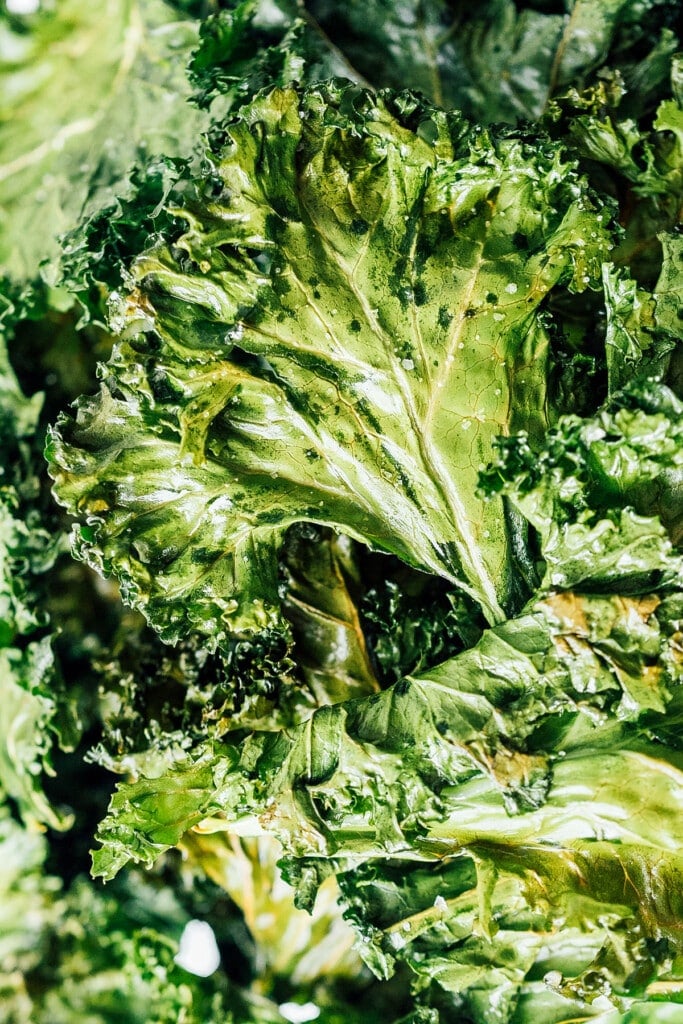
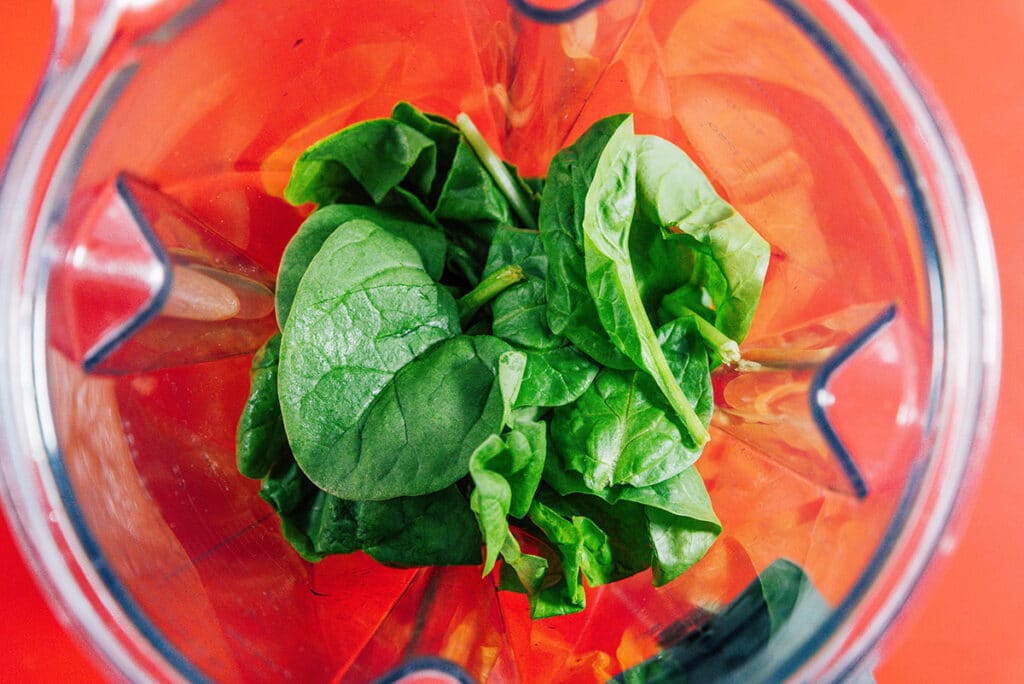
Appearance
Spinach has flat, broad and smooth leaves that are dark green in color. The leaves are thin and delicate, and are typically around 2-3 inches in length. Spinach leaves are often used in salads, and can be eaten raw or cooked. When cooked, spinach leaves shrink in size and become limp.
Kale, on the other hand, has curly or frilly leaves that are typically a darker shade of green than spinach. The leaves are thicker and tougher than spinach leaves and have a slightly rough texture. Depending on the type of kale, the leaves can grow up to 10 inches in length and are often used in smoothies, soups, and stews. When cooked, kale leaves retain their shape and remain firm.
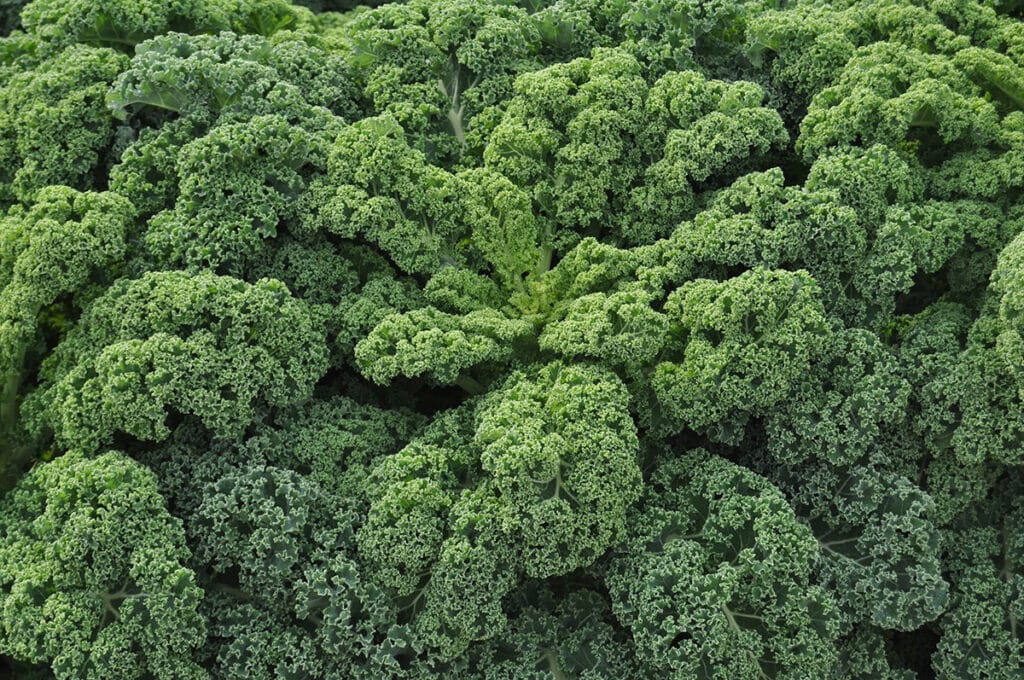
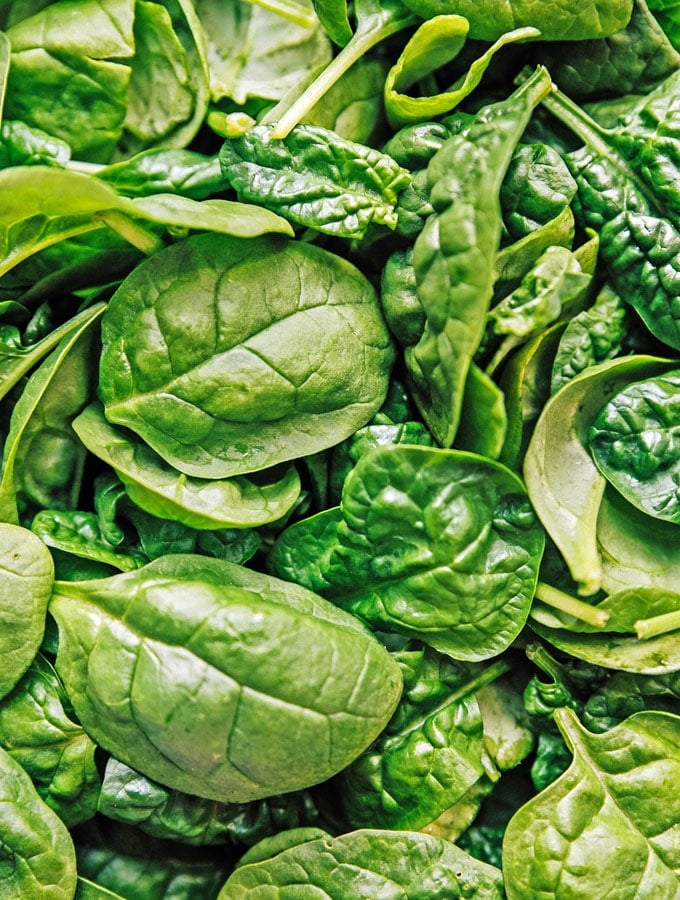
Smell
Spinach has a mild and slightly sweet aroma, with a hint of earthiness. The smell becomes stronger when the leaves are cooked, but it is not overpowering. That said, cooked spinach does release a slightly bitter smell that some people find unpleasant.
Kale, on the other hand, has a more distinct and pungent aroma. Some people describe the smell of kale as being slightly bitter and earthy, with a hint of pepper. When cooked, the smell of kale becomes more intense, but again most people don’t think it is overwhelming.
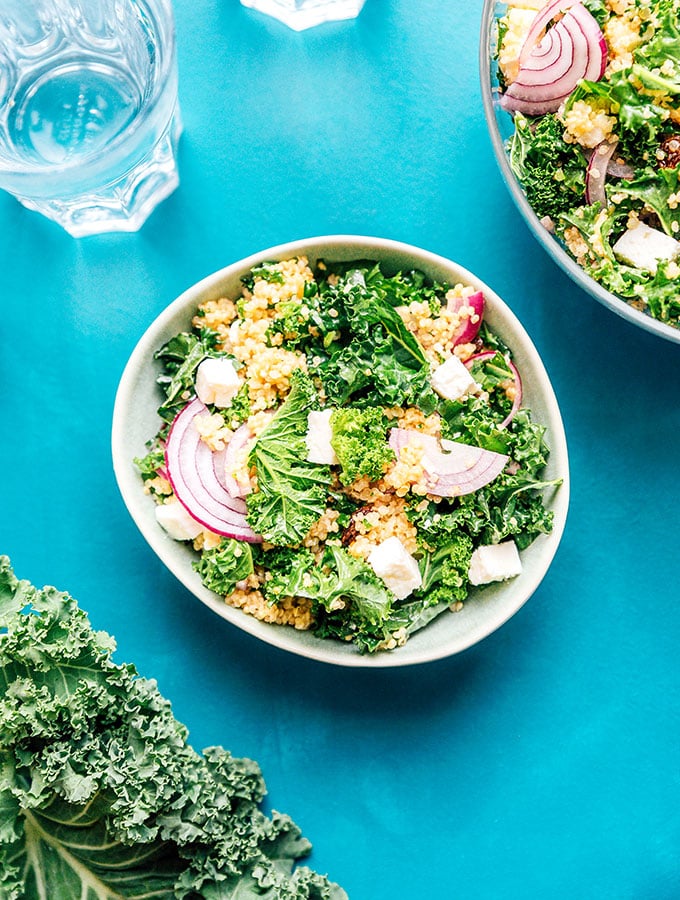

Taste
Spinach is known for its mild and slightly sweet flavor. It has a delicate texture and can be eaten raw or cooked.
Kale, on the other hand, has a more robust flavor that some people describe as being slightly bitter. It also has a rougher texture than spinach.
Some people prefer the taste of spinach, while others prefer the taste of kale. It really comes down to personal preference and what you are using the greens for.
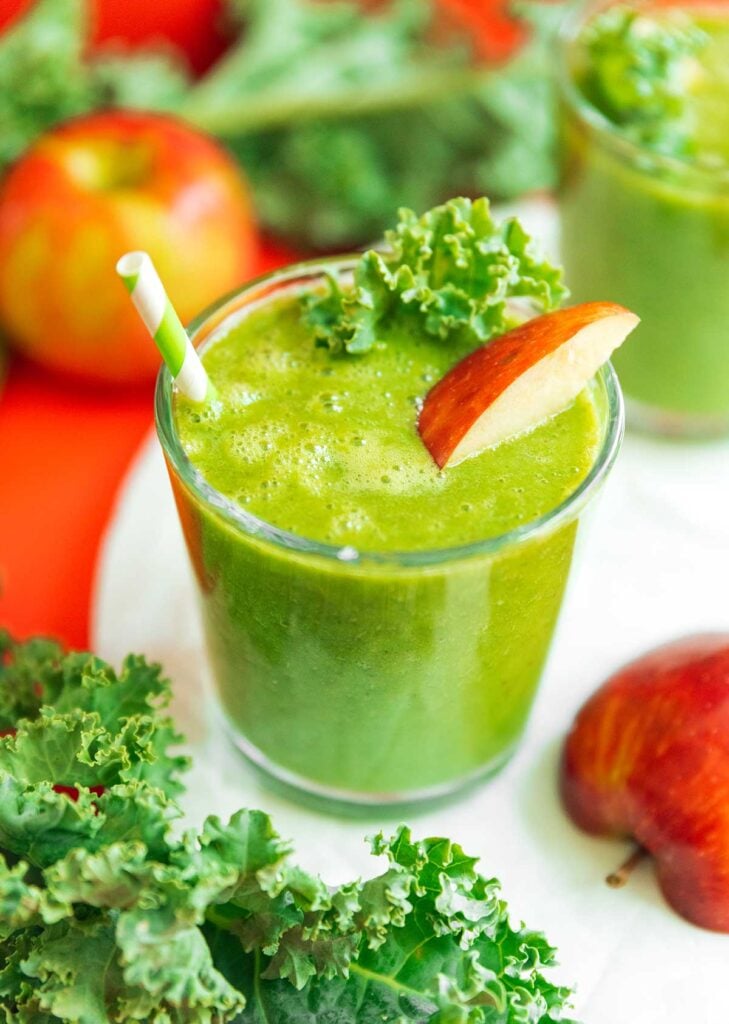
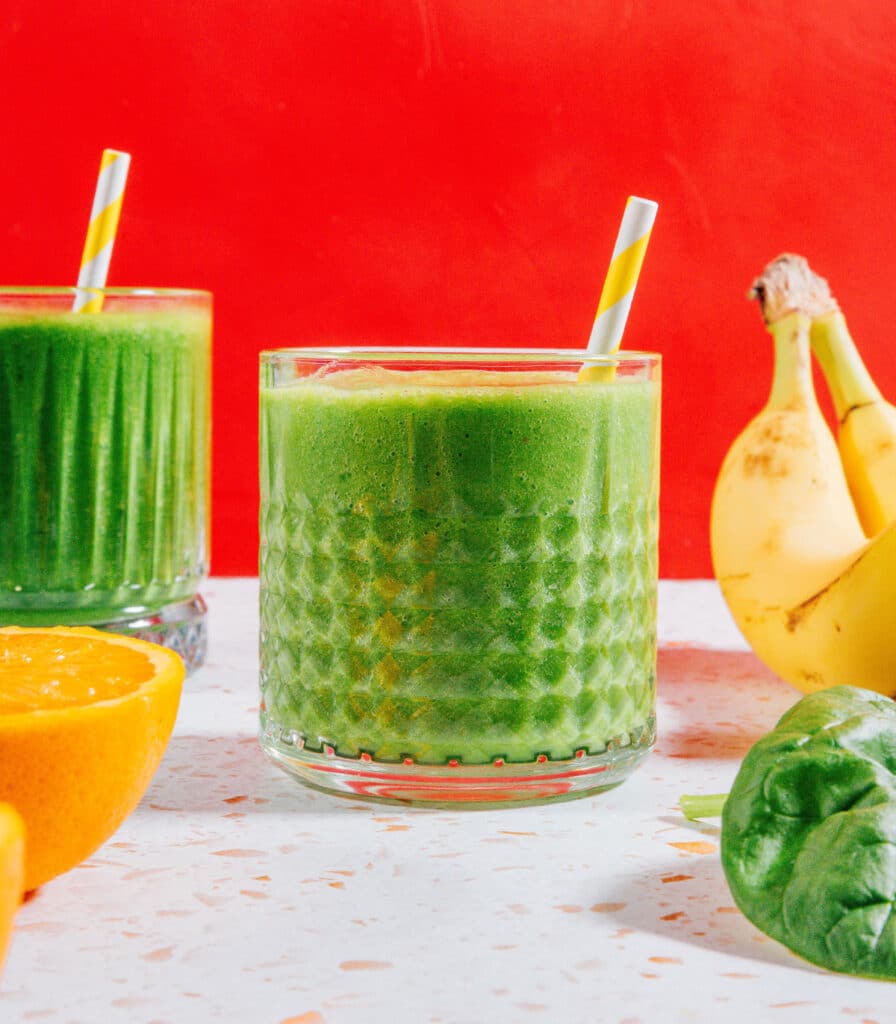
Nutrition
Spinach and kale are pretty similar nutrition-wise, which is to say they are both healthy. We don’t like to say that anything is a “superfood”, but if we were to do so…..kale and spinach would both be it.
Spinach Nutrition
Grab our full guide to the health benefits of spinach here. According to the USDA, a 100 gram serving of raw spinach provides:
- 23 Calories
- 312% of the RDA of Vitamin A
- 46% of Vitamin C
- 402% of Vitamin K
- 15% of Iron
- 3.0 grams of protein
- 2.2 grams of fiber
Is Spinach Keto Friendly?
Yes, spinach is considered keto-friendly. According to the USDA, 100 grams of spinach contains 1.5g of net carbs (carbs that do not come from fiber). You can eat all of the spinach you want on keto or other low carb diets.
Kale Nutrition
Kale is very similar in nutrient profile to spinach. You can get our full guide to the health benefits of kale here, but generally the nutrient breakdown for a 100 gram serving of raw kale is:
- 33 Calories
- 308% of the RDA of Vitamin A
- 200% of Vitamin C
- 1,021% of Vitamin K
- 11% of Iron
- 3.3 grams of protein
- 2 grams of fiber
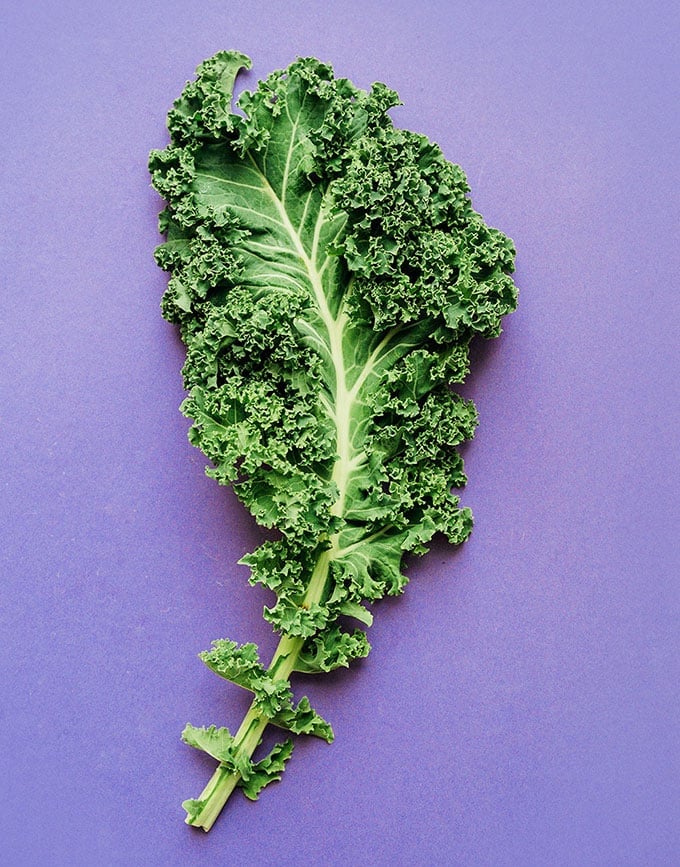
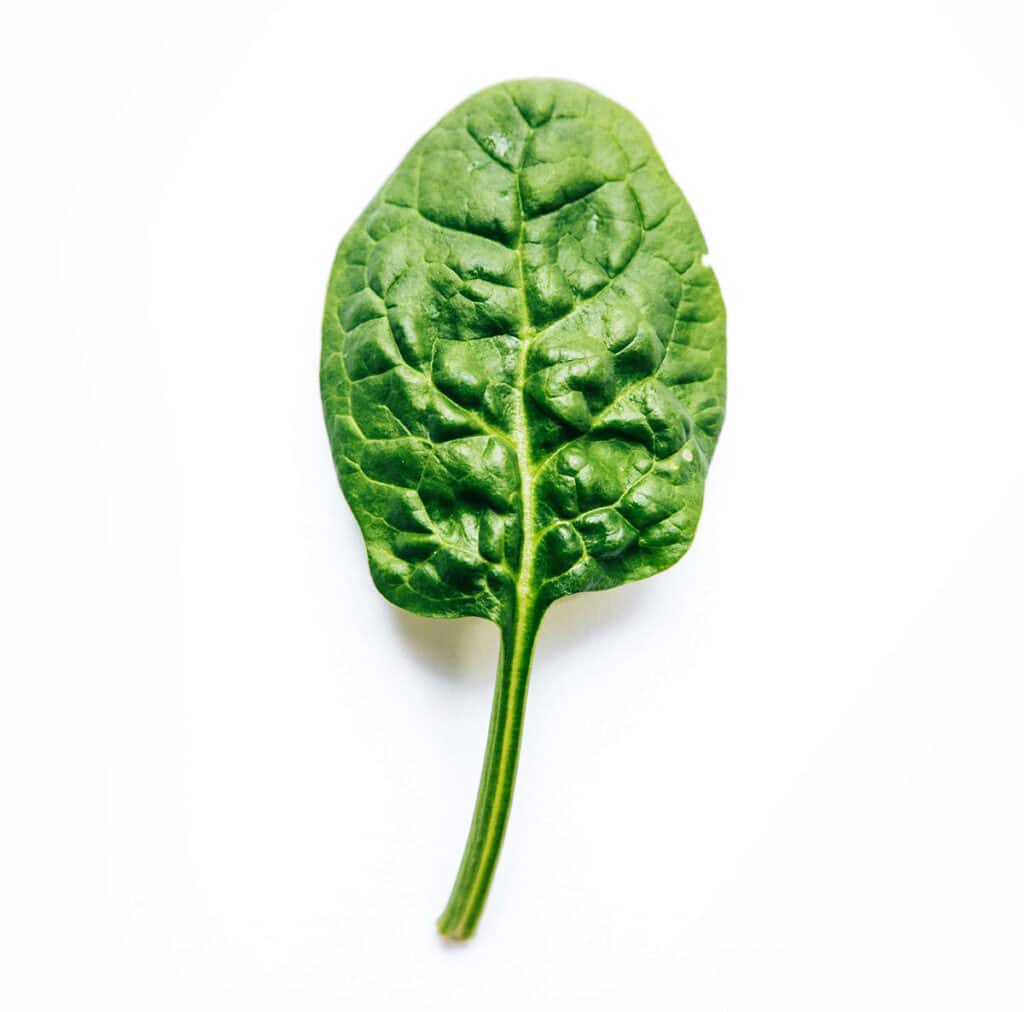
Cooking
Spinach is a versatile green that can be eaten raw or cooked. Its mild, slightly sweet flavor pairs well with a variety of dishes. Raw spinach can be used in salads, smoothies, and sandwiches, while cooked spinach can be used as a side dish or added to soups and stews. Spinach is also a popular ingredient in quiches and frittatas. See all of our spinach recipes here, or our favorites below!
- How to Make Green Smoothies People Will Like
- Leafy Greens Pesto with Spinach
- Greek Spanakopita Triangles
- Hidden Spinach Guacamole

Kale is also a versatile green that can be eaten raw or cooked. Raw kale can be used in salads or as a base for smoothies, though may prefer spinach due to kale’s slight bitterness. Cooked kale can be used as a side dish or added to soups, stews, or stir-fries. See all of our kale recipes here, or our favorites below!
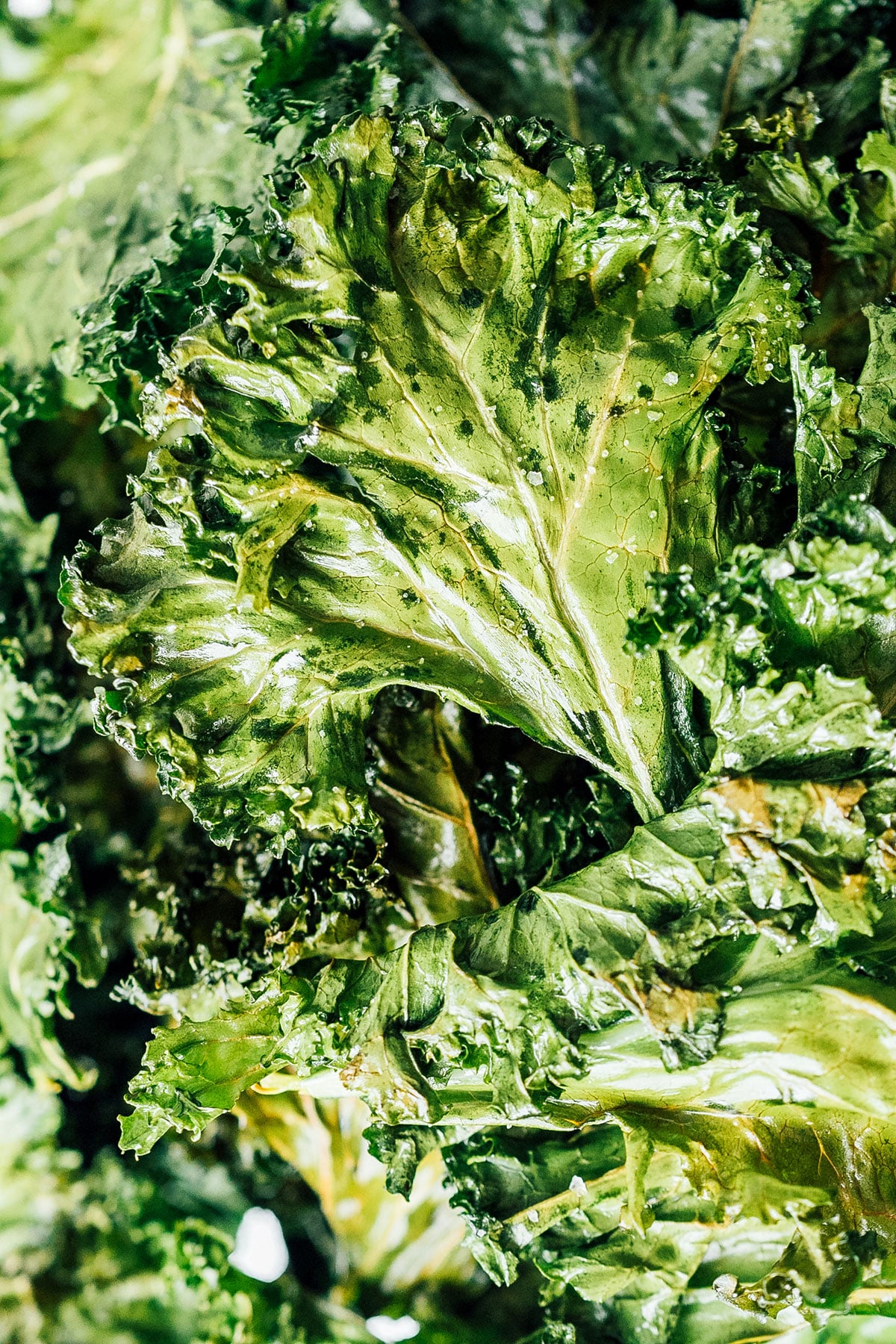
So which is better, spinach or kale?
Ultimately, the choice between spinach and kale boils down to personal preference and desired taste!
Spinach, with its mild taste and delicate texture, has been a beloved ingredient in salads and dishes for ages. It’s packed with nutrients like iron, vitamins A and C, and provides a subtle, earthy flavor that blends seamlessly into various recipes. On the other hand, kale, with its robust and slightly bitter profile, has gained popularity in recent years. This superfood is a nutrient powerhouse, rich in vitamins K, A, and C, and is known for its sturdy leaves that hold up well in salads and smoothies.
Both greens offer an abundance of health benefits, so why not embrace the best of both worlds? Happy cooking!
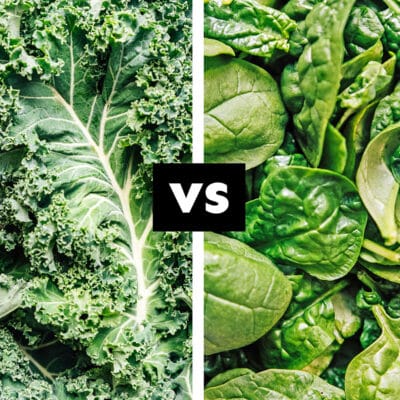
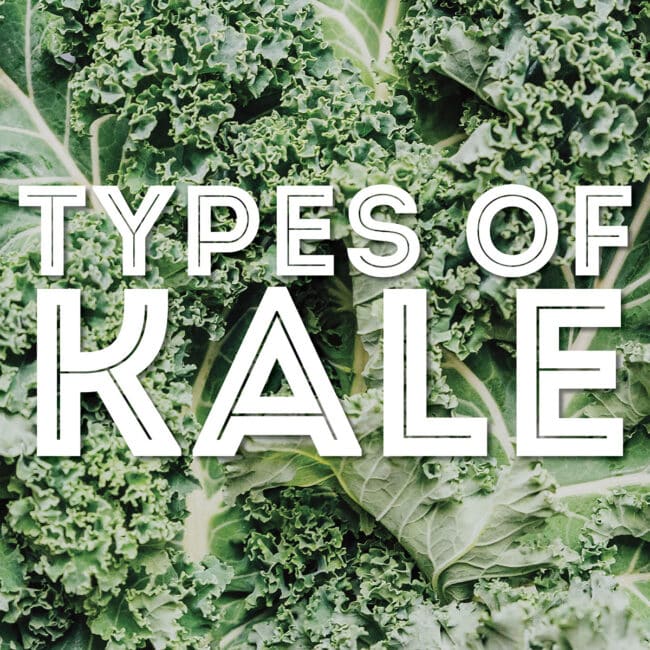

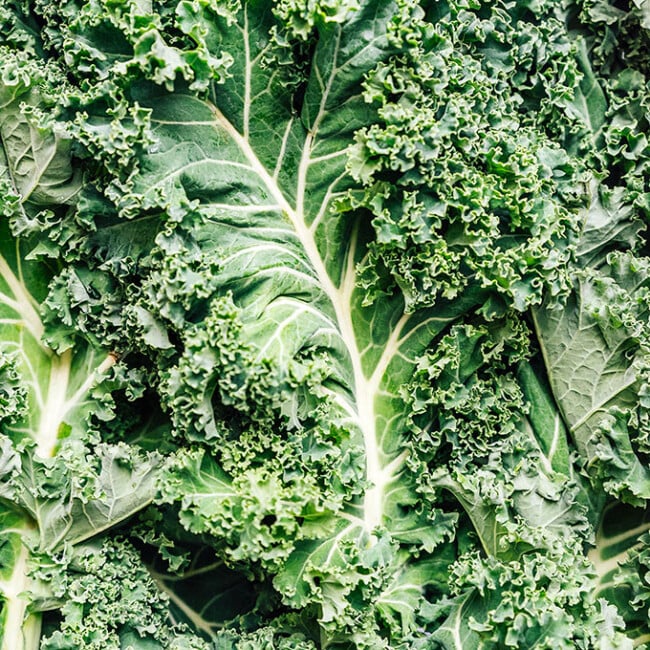
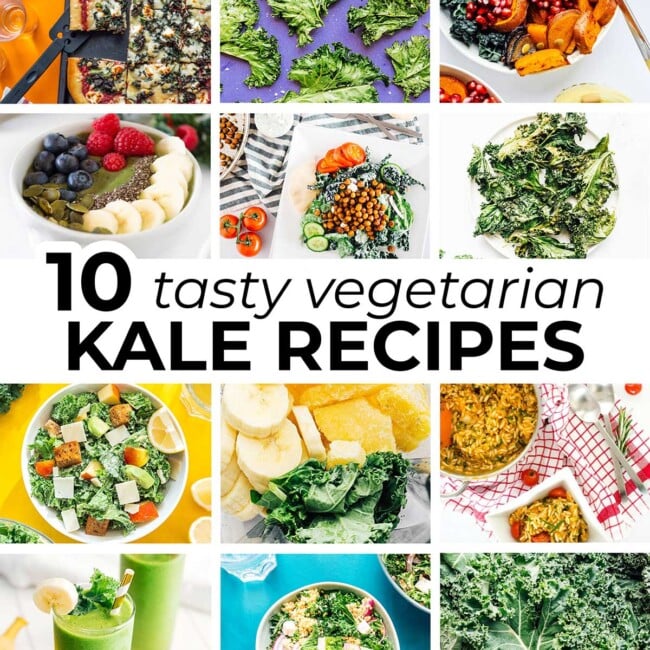
Patricia says
Can kale cause kidney stones like spinach?
Sarah Bond says
I don’t believe kale is as likely to cause kidney stones because it does not contain oxalates.